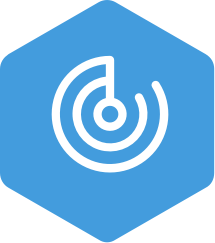Discovery
- An
- Ux
- C
- U
- St
- Dv
- Pm
Discovery is focused on learning: learning what product our clients need; educating ourselves about the people who will use the product (and ultimately determine its success); and investigating how technology can serve both these groups. This phase is about inquiry — what data do we have available to guide our decisions? What is the larger picture? What are our options and constraints? Discovery is also about analysis — what are the root issues or goals we need to respond to? Are our assumptions correct? Is there additional context to consider?
Learning is a process: we don’t expect requirements and solutions to present themselves immediately at project kickoff. Requirements aren’t defined much as they are refined, a process that requires research, insight, and flexibility. Discovery starts this process, which continues in Design and Building. This phase should be collaborative and inquisitive, with all participants working towards a common vision of what we are designing/producing. In particular, including clients, stakeholders, and users throughout ensures trust and shared understanding.
Project activities
- Stakeholder/client interviews (business needs, constraints, expectations)
- User interviews, analysis, and tests
- Current state exam & evaluation (heuristic evaluation, usability tests, as-is feedback)
- Content inventory
- Competitive analysis
- Tech survey
- Agree on client needs and objectives
- Understand end users, their needs, and context
- Start defining scope of the solution
- Gather inspiration for possible solutions
- Fine-tune project expectations & responsibiltiies
Deliverables and outcomes
- Project charter & project profile
- Project specs:
- Business goals and requirements
- User stories
- Research reports
- Design brief
- Rough schedule/project plan
